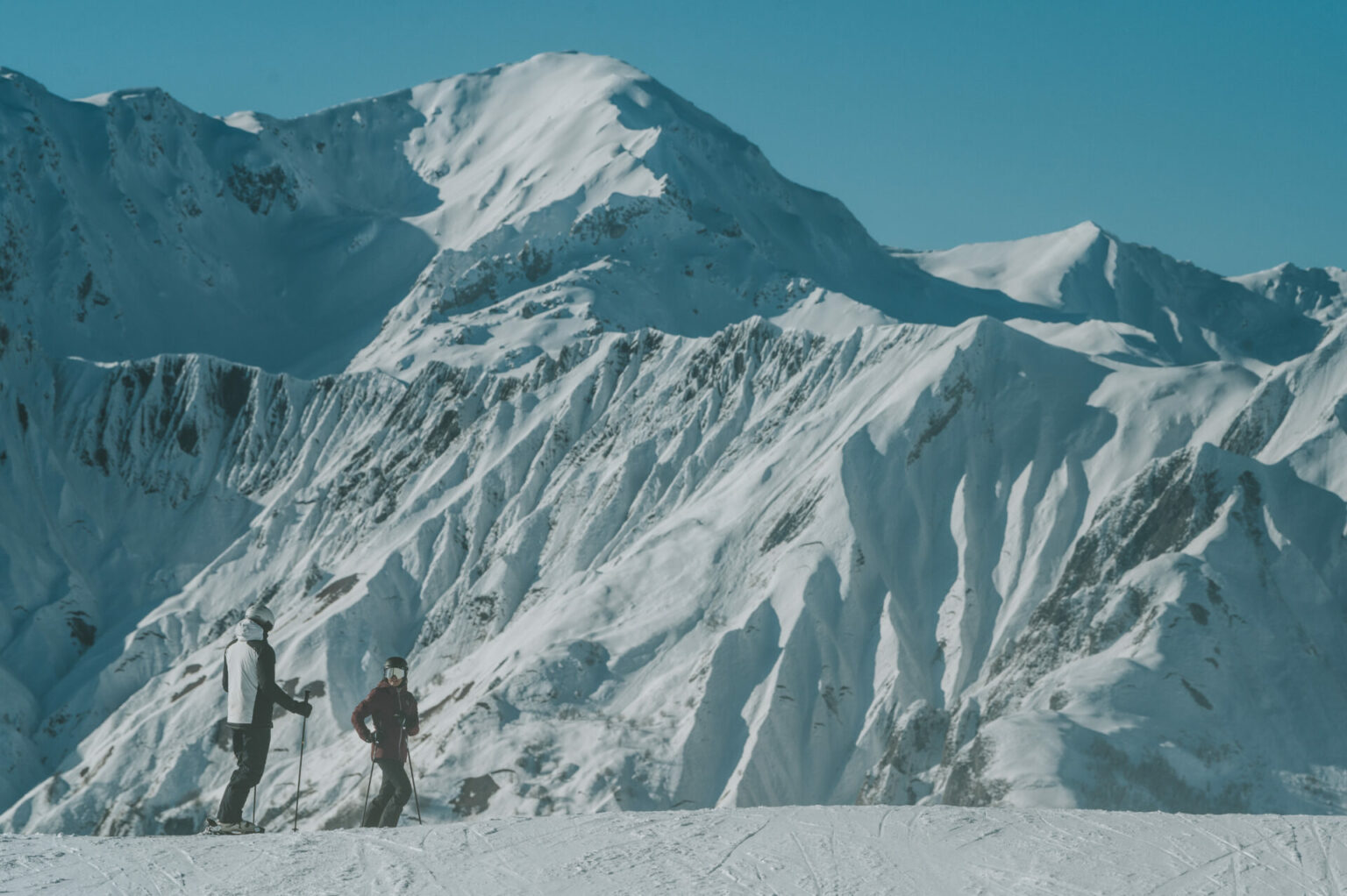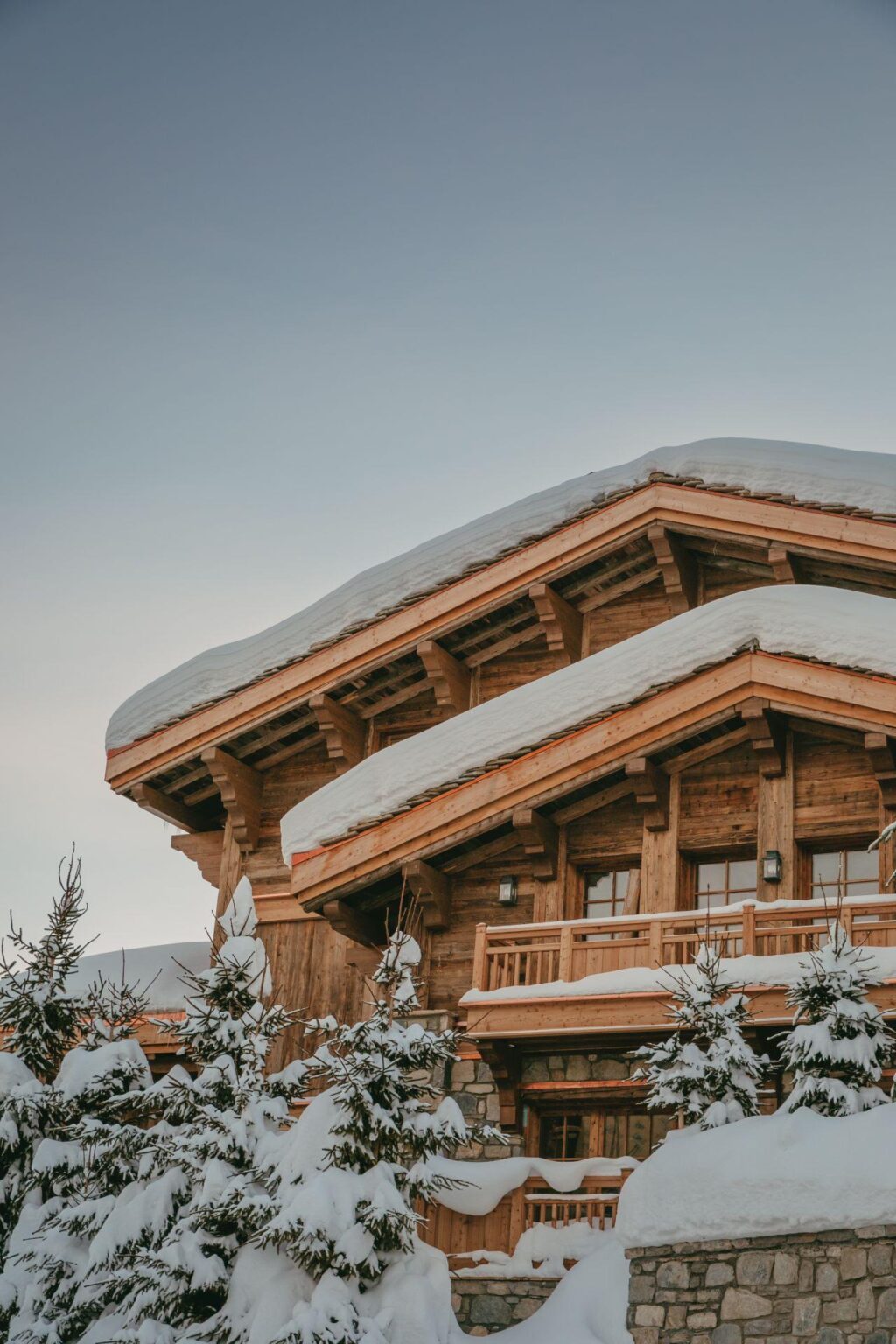In Zermatt, the Matterhorn is widely considered as one of the world's most photographed natural features.
This is not unexpected given the mountain’s extraordinarily huge and symmetrical pyramid summit, which gives it a magnificent and really recognizable shape when viewed from the north-east faces.
Even if you’ve never seen it in person, chances are you’ll recognize that distinct’shark’s tooth’ profile in any other situation right immediately. Indeed, it has appeared on a plethora of magazine covers, movie sets, and product logos over the years: Toblerone, a Swiss confectionery company, even modeled their famous triangular-shaped chocolate bar design on it!
The Matterhorn, in Zermatt, being one of Europe’s highest and most well-known peaks, is of course connected with its own rich history and legend. In this fast tour to the mountain and its surrounds, we’ll go over a few crucial Matterhorn facts to keep in mind before heading out to see this gorgeous Alpine crown gem for yourself.
Where can I find the Matterhorn?
When visiting the Matterhorn Switzerland, you will be within striking distance of many renowned Swiss Alps destinations, including Zermatt and, a little farther out, Verbier and Crans-Montana. Each of these globally renowned skiing and winter sports sites is highly popular with tourists and chalet purchasers alike, with tens of thousands of visitors from all over the world visiting each year.
For those looking to get up up and personal with the majestic Matterhorn, Zermatt is the closest and most apparent option. This quaint and cultured small town is nestled on the sweeping green plateaus of a rugged Alpine valley in the stunningly beautiful Valais canton.
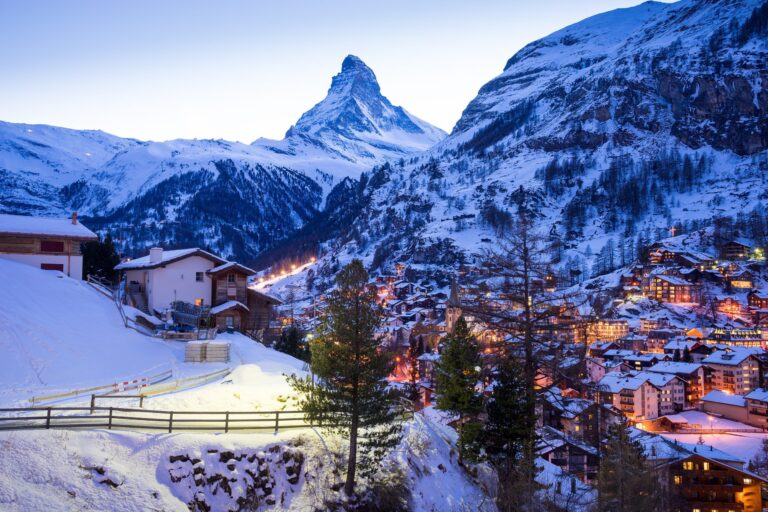
Zermatt, located just to the north-east of the Matterhorn, is well positioned to experience the summit’s most famous panorama. It offers a genuinely lovely setting for some much-needed downtime, whether on the slopes or on the deck of your Swiss chalet with a glass of locally produced wine in hand! In roughly 45 minutes, a direct Zermatt-Matterhorn cable car service brings you in luxury and comfort from the center of town up to the famed Glacier Paradise observation point. (For additional information, see our recent post on traveling from Zermatt to the Matterhorn).

Some significant facts and frequently asked questions regarding the Matterhorn
1. What is the height of the Matterhorn?
The peak rises to 4,478 m (14,692 ft) above sea level, making it one of the region’s higher “four thousanders” (and sixth-highest in Europe, outside of the Caucasus range separating our continent from Asia). It also has a distinctive topographic prominence; unlike most of the peaks in this closely packed climbing paradise, the Matterhorn is approached on all sides by numerous low-lying slopes and plains.
2. How did the Matterhorn come to be?
The old Panagea continent began to split apart some 200 million years ago, generating two more huge landmasses that presently encompass Europe and Africa, respectively. Over the next 100 million years, the newly created supercontinents’ periphery progressively drifted away from the core masses, settling further north or south.
The Alps were formed when the Apulian plate broke away from Gondwana (which included modern Africa) and clashed with what is today known as southern Europe. Surprisingly, the Matterhorn is located on the Gondwanan plate, although adjacent Monte Rosa has always been part of the more northerly Laurasian continent.
It’s also worth mentioning that the Matterhorn’s famous jagged summit was produced much more recently – in the last million years or so – by erosion. The mountain used to have a much smoother profile, similar to that of a big hill.

3. What does the term 'Matterhorn' mean?
The name ‘matterhorn’ is a combination of the names of Zermatt and the Mattertal (Matter Valley) that the peak overlooks. In both cases, the word’matt’ stems from an old Germanic name that means ‘alpine meadow,’ which is appropriate considering the luxuriant Alpine vegetation that grows all over this area when the lower-lying snows melt during the warmer summer months.
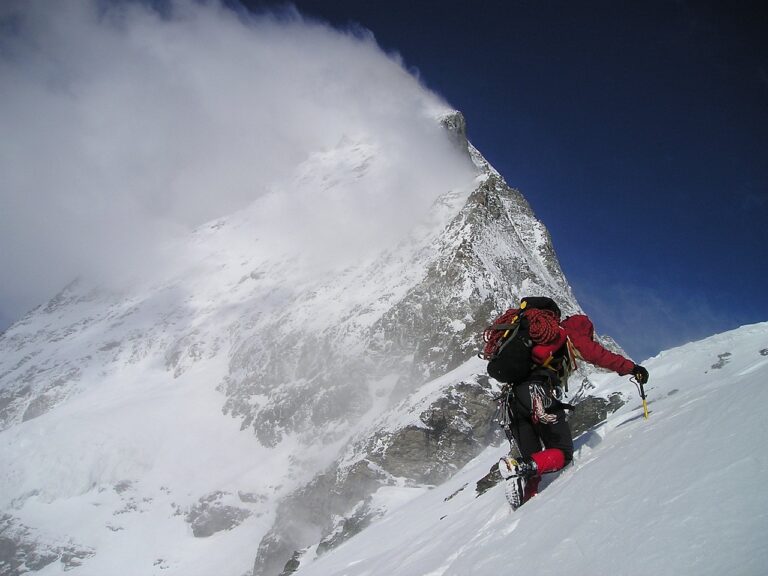
4. When did the first ascent occur?
The Matterhorn was fully climbed for the first time in July 1865 by English mountaineer Edward Whymper, who began in Zermatt and approached from the Swiss side via the Hörnli ridge (where the Hörnli hut, a well-known climbers’ rest, currently stands). Previously, several efforts had been made from the Italian side of the mountain, but no one had succeeded in reaching the peak.
Although the numerous recognized routes up the Matterhorn aren’t particularly challenging now, it was one of the last big Alpine peaks to be conquered, thanks in part to its immensely intimidating profile.
While Whymper’s historic 1865 ascent will be remembered as the first true triumph, it was also a tragic event. Four members of his company were killed in an accident while descending, and three of their remains were later discovered on the Matterhorn glacier. Lord Francis Douglas, a Scottish climber who died on the way down, is still missing to this day.
5. Weather on the Matterhorn
While the top slopes of the Matterhorn remain snow-covered 365 days a year, the weather in the immediate vicinity of the summit – and fact, in many of the cities and resorts around the mountain – is seasonal.
Peak times are often controlled by snowfall, most notably in the months of October-May, because so many tourists rush to the region for skiing and winter activities. While plenty of snow stays on the upper glaciers and slopes year-round, the valleys and meadows at the foot of the Matterhorn are perfect settings for forest treks, trail cycling, and lake bathing during most of June, July, and August.
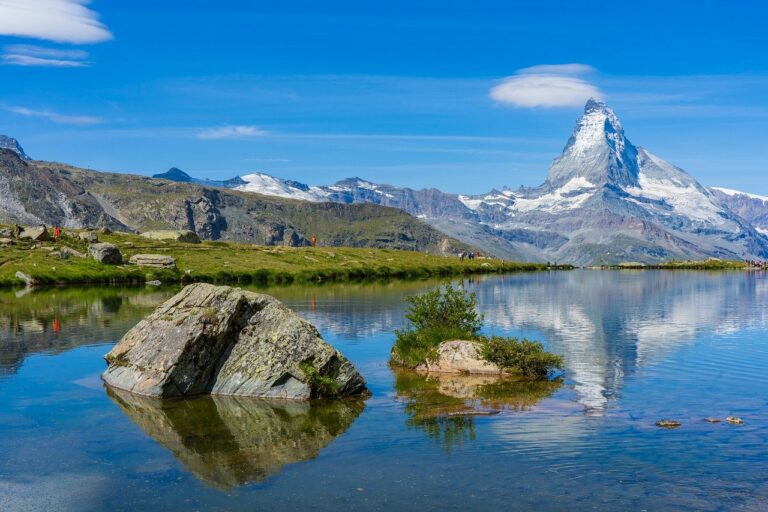
Have the best holiday experience in Zermatt !
> Explore our exclusive collection of Luxury Chalets in Zermatt
Lodge Destinations may help you realize your greatest winter fantasies. Allow us to transform your ski vacation with our personalized service, professional advice, and the ideal luxury ski chalet to serve as the background for your unforgettable moments and have the best luxury ski chalet experience.
Enjoy the Alps’ stunning splendor knowing that every aspect has been carefully selected for your delight. Make an inquiry with our staff today to begin your adventure.
If you are interested in skiing and discover one of the most beautiful ski resort in Europe then don’t hesitate and contact us.
We look forward to hearing from you !

